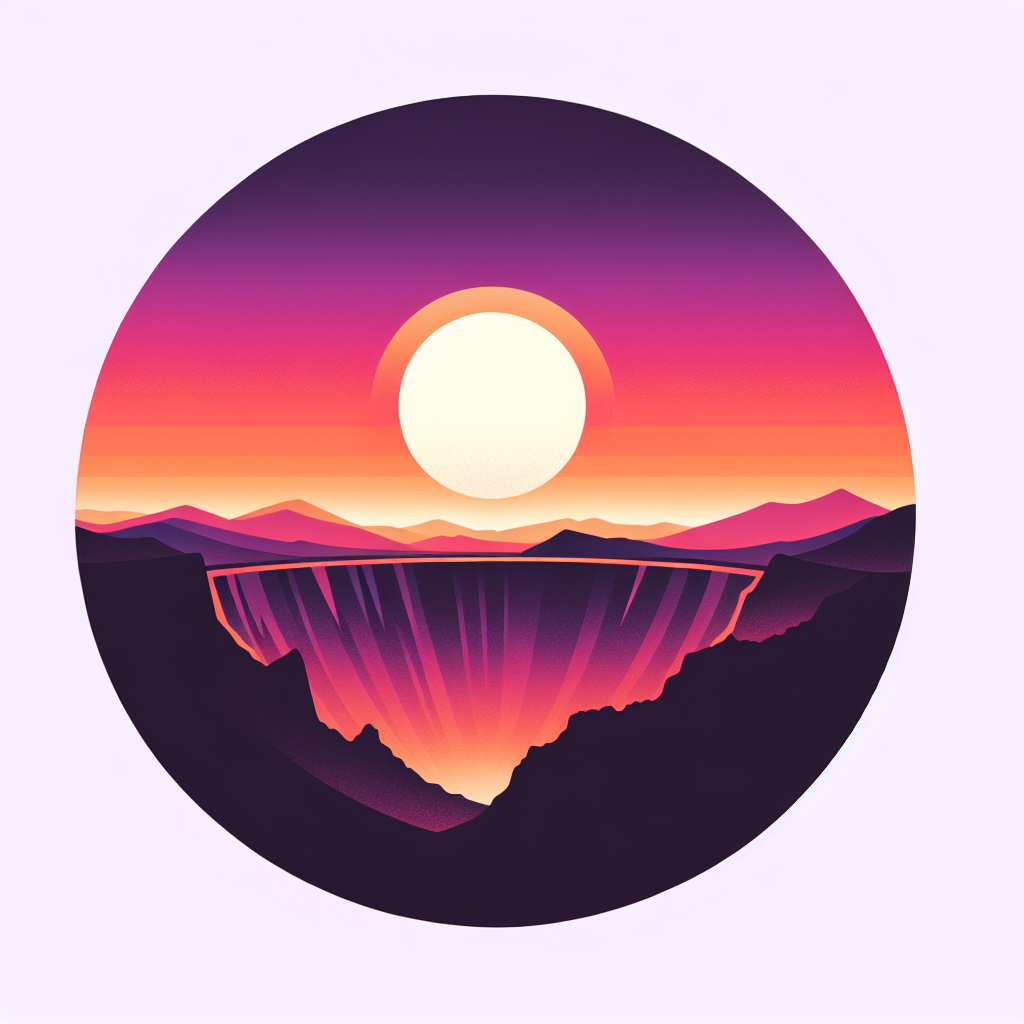Standing atop a majestic tuff cone, visitors witness the first rays of the sun as they brighten the sky at Seongsan Ilchulbong, also known as Sunrise Peak, a World Heritage Site on Jeju Island. Formed by hydrovolcanic eruptions about 5,000 years ago, this natural wonder has a massive crater about 600 meters across.
The World Heritage Site recognizes Seongsan Ilchulbong for its breathtaking beauty and its contribution to our understanding of volcanic activity on coastal shelves. The eruptions that created this landscape left behind a well-preserved crater and various depositional features.


The site offers impressive views at all times of day, including at sunset. The sun setting over the crater creates a mesmerizing scene. To reach the peak, visitors ascend around 420 stairs that lead to the rim of the crater, offering a vantage point for both sunrise and sunset admirers.
The geographical features of Seongsan Ilchulbong vary dramatically. The eastern side, facing the sea, has sharp cliffs, while the western slope descends gently to Seongsan Village. This contrast highlights the different erosion patterns caused by coastal winds and waves.
Local legends add a layer of mystique to the peak. It is said that a white horse from the prosperous Silla Dynasty ascends to heaven from the peak once a year. Moreover, the site holds spiritual significance for residents, with a shrine dedicated to Seonbawi, or “a rock looking like a monk meditating,” near the summit.


Jeju Island, home to Seongsan Ilchulbong, offers a wealth of natural wonders. It has recognition as a Biosphere Reserve, a World Natural Heritage site, and a Global Geopark. These distinctions celebrate the island’s ecological and geological importance.
The biodiversity of Seongsan Ilchulbong is notable, with rare native plants adorning the crater’s rim. Some of these plants are unique to Jeju Island, adding to the ecological importance of the site. Bird watchers come here, especially during migration seasons, to spot a variety of bird species that find temporary refuge in the crater and along the cliffs.
In spring, the slopes of Seongsan Ilchulbong brighten with yellow canola flowers. This stunning display attracts photographers and nature enthusiasts worldwide. The site is also a cultural hub. It hosts annual festivals like the Jeju Haenyeo Festival, which celebrates the island’s traditional female divers, known as ‘haenyeo.’ These women dive into the sea without breathing equipment, showing the island’s rich cultural heritage.
Seongsan Ilchulbong offers a combination of natural beauty and cultural traditions. It promises a unique travel experience for nature lovers, history enthusiasts, or those seeking a beautiful place for sunrise viewing. Visitors are encouraged to visit and experience the allure of Sunrise Peak.

